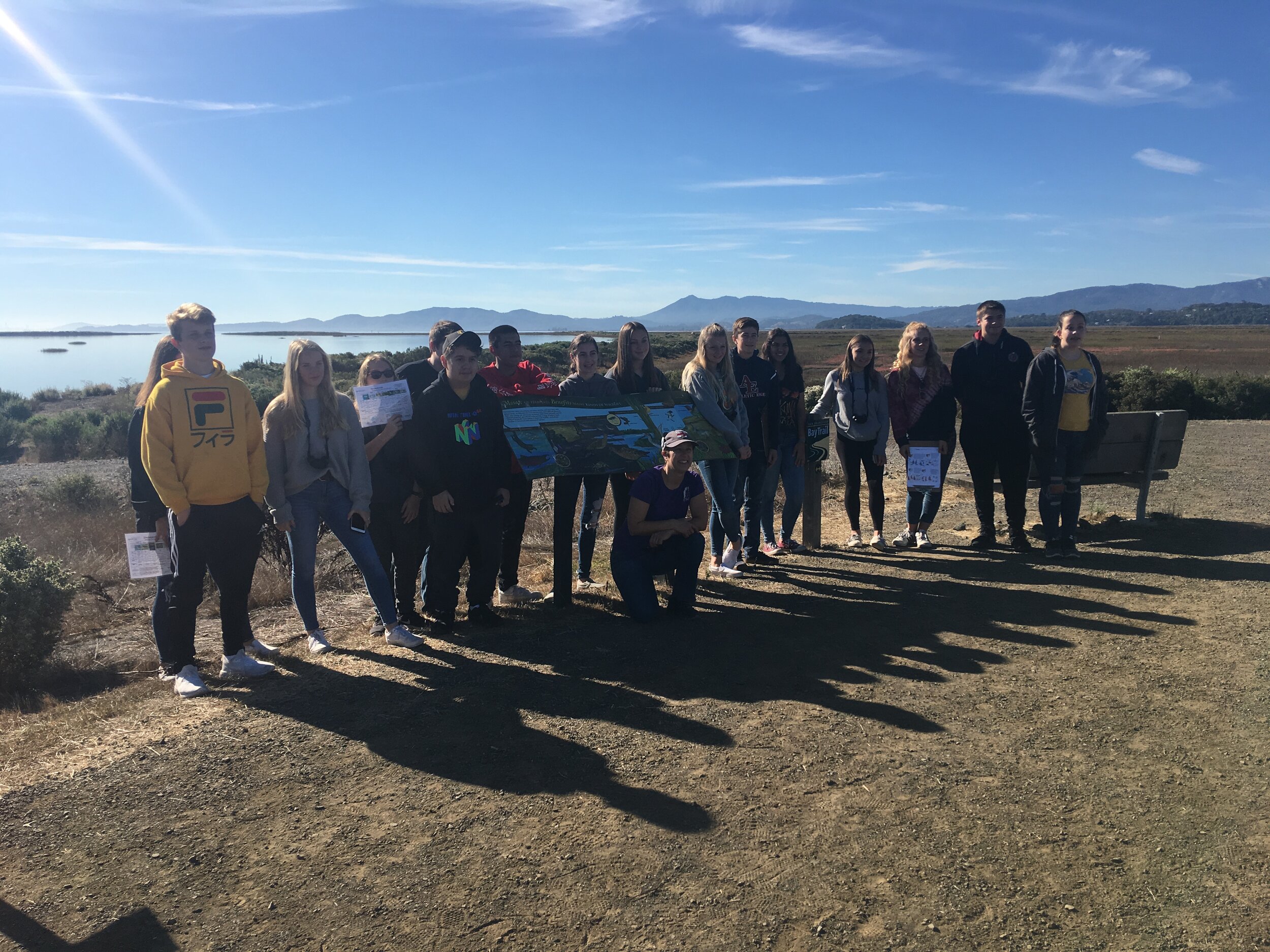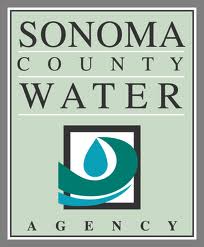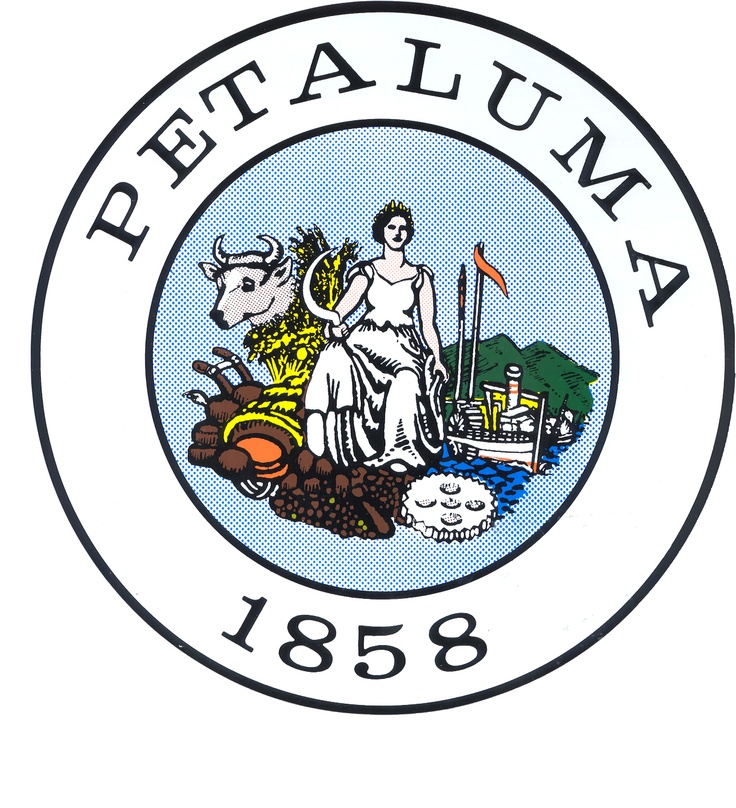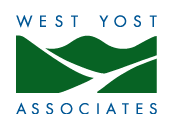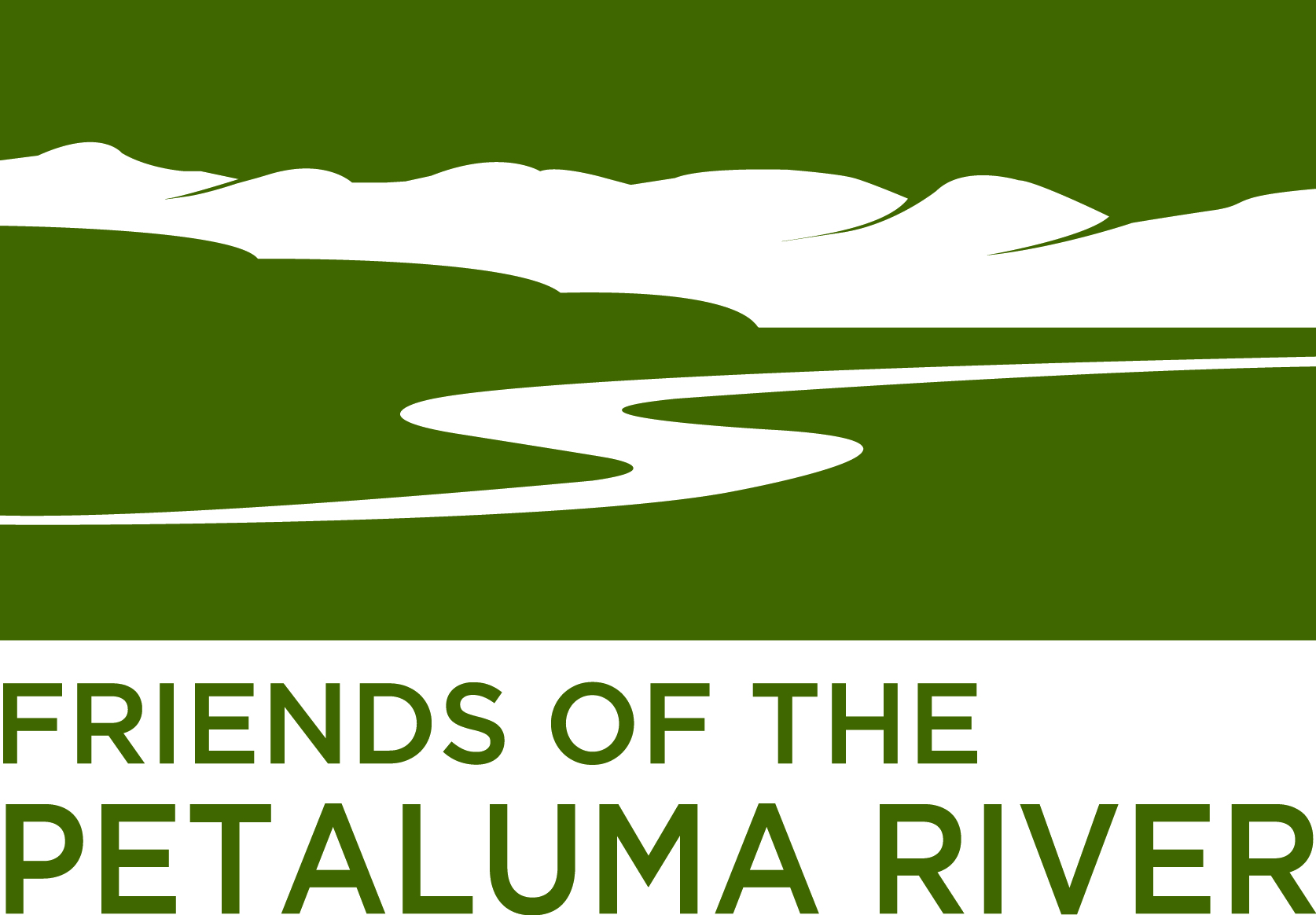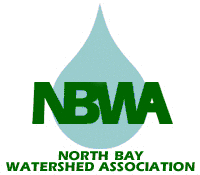Friends of the Petaluma River’s Watershed Classroom in collaboration with the City of Petaluma, is offering six scholarships to middle and high school students. The annual FOPR competition involves students creating a short, compelling, well filmed and edited public service announcement.
Linda Judah’s high school students visit the restored wetlands at the Sonoma Baylands.
This year’s competition asks students to create a video illustrating what people can do to reduce microplastics in the Petaluma River. Videos can be a skit, newscast, music video, documentary style video, or even an animation. Students are encouraged to be creative.
Students in 6th through 12th grade from Petaluma and Penngrove may compete and the submission deadline is March 31st.
FOPR’s Stephanie Bastianon explained that the organization supports outdoor education that is hands-on and project-based. Their Watershed Classroom program directly supports educators with curriculum that is robust and gives students meaningful outdoor experiences. She said that it’s project-based with a defined driving question that encourages sustained inquiry by students and an opportunity to report their findings to the public.
Friends of the Petaluma River also supports nature camps. Green Heron Nature Camp over the summer and Nature Immersion programming during the school year directly connect youth with nature through games, skill building, curiosity and play.
“Allowing youth time to directly connect to the river through play and exploration is a high priority in all our work,” said Bastianon.
Ultimately, the FOPR are trying to encourage a love of the outdoors and the Petaluma River in the hopes that students will want to protect these wild places.
“After over 10 years of offering nature camps and classroom education about the Petaluma Watershed, we have been thrilled to see real change in the knowledge and understanding in local youth about their environment,” said Bastianon. “In the classroom, we often find that students already have learned the concept of the Petaluma Watershed and know something of its importance through an earlier class or camp with us. More youth are participating in our stewardship days and river cleanups or choosing to focus their own projects on the River.”
Bastianon noted, “Camp participants often begin their time with us with very little time spent playing outdoors and we hear from parents that it was their child’s favorite week of the summer. They leave camp muddy and happy with time spent canoing, hiking, swimming and playing. With children who return year after year, we hear of marked improvements in concentration, critical thinking, patience, and emotional development. From teachers participating in our Watershed Classroom program, we hear that students were more engaged and retained knowledge better when participating in the program curriculum.
Matt Jackson discusses the Petaluma River and watershed with his 7th grade PACs students.
”Friends of the Petaluma River’s website notes that it is committed to supporting Petaluma educators and the implementation of curriculum that focuses on our community’s most important natural resource, the Petaluma River and watershed. Participating educators will receive a $500 stipend to use to design and implement their new curriculum. Bastianon said 3,000 students from 13 different schools have learned about the Petaluma Watershed through this program.
Teacher Linda Righetti Judah of Petaluma High School said her 10th grade biology classes are participating in the watershed classroom. They are exploring what microplastics are and how they impact living things.
“We just started thinking about the video contest and discussing the topic and how to do a storyboard to plan out their entries,” said Judah. “We’re still in the very early stages.” Judah said, “We traveled to Shollenberger Park and did some habitat restoration with the STRAW project, of Point Blue Conservation Science. Our students got to learn about restoration practices, did some actual planting, and learned about the plants and animals that live in our watershed, including the endangered Ridgeway Rail and Salt Marsh Harvest Mouse. We will be using this knowledge and experience as we think about the video theme this year, what can we do to reduce microplastics in the Petaluma River watershed. Students in my Biology classes will be working in teams of 2 to 3 to produce their 50 second videos.”
Matt Jackson also teaches science at Petaluma High School and said that students love learning outside.
“Over the past three years, we have partnered with the Watershed Classroom for a spring unit focusing on the makeup of the Petaluma watershed and water testing to determine the health of our water systems,” said Jackson. “The water testing unit takes us to local creeks on four different occasions to test the water quality.”
Jackson said his students have competed in the video competition for the past two years. “It’s a required project in my 7th grade science classroom,” said Jackson. “Last year, the topic of the competition was conserving water. One of my students took 1st place, and another pair took the 2nd place prize.”
“I think the greatest impact has been seeing students recognize that their behaviors at home and school impact the quality of the water in the waterways around Petaluma,” said Jackson.
The first place winners will be awarded $750, second place will get $500 and $250 goes to the third place winners. Winning students working in teams will divide their award. For more information go to www.watershedclassroom.org/video-award.
